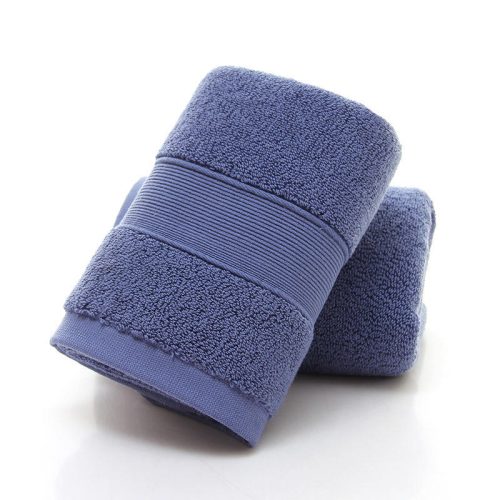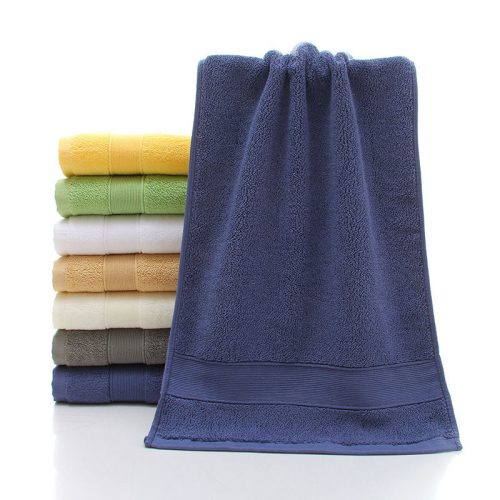Understanding towel weaves is essential in determining a towel’s characteristics, including its texture, absorbency, and durability. Different weaving techniques create various types of towels. Here are some common towel weaves:
- Terry Cloth: This is one of the most popular towel weaves. It’s characterized by loops or piles on both sides of the fabric, created by extra yarn. Terry cloth can be further categorized into two types:
- Regular Terry: Loops are present on one side of the fabric, while the other side is flat.
- Double Terry: Loops are present on both sides, offering increased absorbency.
- Jacquard Weave: Jacquard towels have intricate patterns or designs woven into the fabric using a Jacquard loom. These towels often have a luxurious appearance and may feature raised patterns or motifs.
- Waffle Weave: This weave creates a textured pattern resembling a waffle, with raised squares or honeycomb-like cells. Waffle weave towels are lightweight, quick-drying, and highly absorbent.
- Herringbone Weave: Characterized by a V-shaped weaving pattern, herringbone towels have a distinctive chevron or zigzag appearance. They are durable and often used in decorative or luxury towels.
- Plush or Velour: Plush towels have a sheared surface that creates a smooth and velvety texture. Velour towels are usually softer and more luxurious but may be less absorbent than terry cloth.
- Basket Weave: This weave creates a pattern similar to a woven basket, with a checkerboard appearance. Basket weave towels are known for their durability and unique texture.
Each type of towel weave offers different qualities in terms of softness, absorbency, texture, and overall feel. Terry cloth weaves, for instance, are highly absorbent due to their looped construction, making them ideal for drying purposes. Waffle weaves, on the other hand, are lightweight and quick-drying, suitable for travel or as spa towels.
Understanding towel weaves helps in selecting towels based on personal preferences, intended use, and desired characteristics such as softness, absorbency, or decorative appeal.


